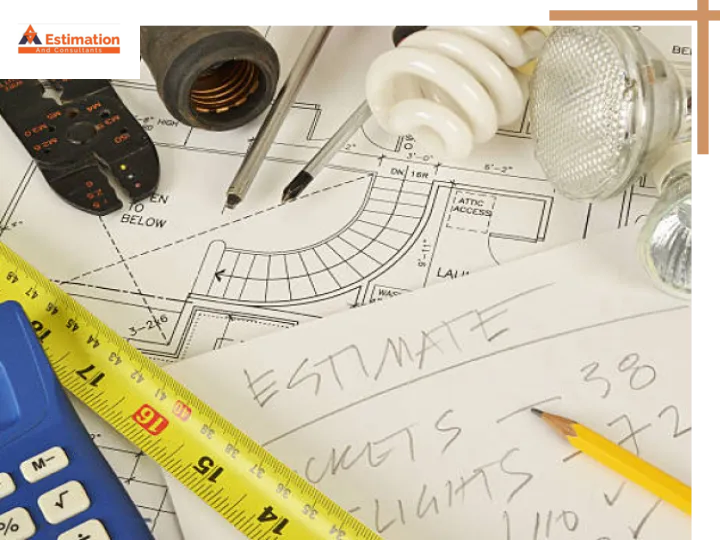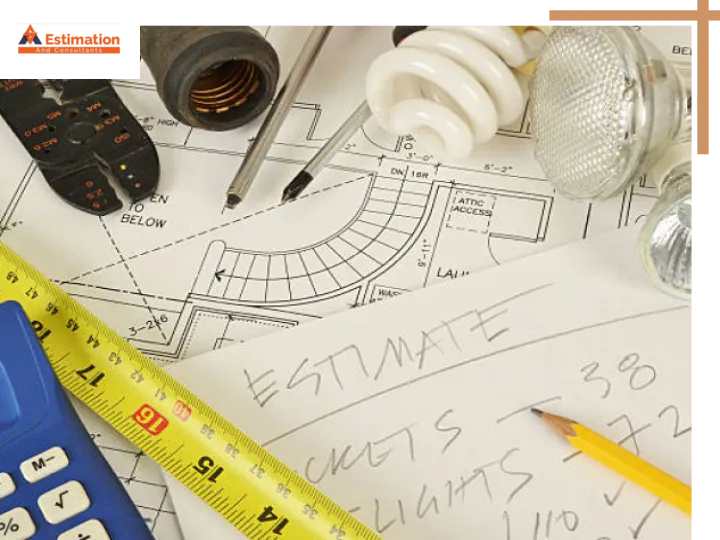

Planning to build a home or start a project in 2025? One of the first things you’ll want to know is how much it’s going to cost—especially in your city.
Construction costs in Australia can vary a lot depending on where you’re building, what materials you use, and how complex the design is. In this guide, we break down the average costs across major cities, explain why prices have changed, and share helpful tools to plan your budget with more confidence.
Whether you’re building your first home or managing a larger development, this article will help you understand what to expect before you start.

Construction costs across Australia continue to shift—and 2025 reflects another round of changes. Whether you’re building a new home or overseeing a large project, understanding the national price landscape gives you a clearer budgeting path. This section sets the context before we go city-by-city.
We’ll break down average construction costs per square metre, compare them with past years, and explain the trends behind the movement—backed by data from Altus Group, Quantity Surveyors, and the Australian Bureau.
The average cost to build a home in Australia in 2025 ranges between $1,900 and $4,300 per square metre, depending on the city, build quality, and project scope.
Costs have risen over the past two years, and the reasons are structural.
While national averages offer a baseline, real construction costs are shaped by where you’re building. Australia’s major cities vary significantly in terms of land prices, labour availability, and infrastructure demand. This section breaks down the 2025 costs across capital cities, helping you understand what to expect in each location.
From Sydney’s premium inner suburbs to Adelaide’s affordable growth zones, the variations are driven by market dynamics, regulatory settings, and geographic constraints. Here’s what each city looks like in numbers—and in context.
Sydney remains Australia’s priciest location to build, with costs pushed up by land scarcity and labour demand.
Melbourne’s inner city shows signs of material-driven inflation, while outer regions offer value opportunities.
Brisbane offers a strong balance of growth and cost-effectiveness, appealing to both homeowners and investors.
Both cities continue to offer some of the most accessible build rates in the country.
Building in these remote cities brings additional transport and labour challenges that affect the bottom line.
Understanding construction costs in 2025 means looking beyond averages. The real price of building is shaped by several moving parts—materials, labour, and land. These aren’t just numbers on a quote; they directly impact every project’s timing, budget, and feasibility.
This section breaks down the three biggest cost drivers affecting Australian construction right now. Whether you’re planning a new home or managing multiple sites, these are the forces pushing prices up—or keeping them in check.
Volatility in key materials like steel, timber, and concrete is reshaping how projects are priced and delivered.
Australia’s skilled trade shortages are driving higher wages and longer project timelines.
Land acquisition and council fees continue to drive up baseline build budgets, especially in major cities.
In 2025, more Australian homeowners and developers are building with sustainability in mind—but eco-conscious design often comes with added upfront costs. While some choices reduce long-term energy use, others require a higher initial investment in materials, engineering, and certification.
This section breaks down how sustainability goals and design preferences influence construction costs. These are not just nice-to-haves anymore—they’re shaping how projects are scoped, priced, and delivered across every region.
Sustainable construction is no longer optional. Energy efficiency is becoming a minimum standard, and with that comes higher starting costs.
Unique designs bring character—but they also raise costs through additional detailing and structural planning.
Looking beyond 2025, the key question is whether construction costs will continue to rise—or begin to stabilise. Forecasting isn’t about guesswork; it’s about tracking where housing demand, interest rates, and government policies are headed. These are the forces shaping what projects will cost in the next few years.
This section outlines where the market is likely going and what that means for builders, developers, and anyone planning to enter the construction industry between now and 2028.
Research is essential—but tools make it actionable. Whether you’re building a new home or managing multiple builds, having access to reliable digital tools and planning resources can make budgeting more precise and decision-making easier.
This section introduces practical tools that help simplify cost planning. These aren’t sales gimmicks—they’re genuinely useful aids that reflect the realities of construction industry pricing, both in 2025 and beyond.
Online calculators give quick, location-based estimates and help you plan around realistic figures—not guesses.
Downloadable checklists help you stay in control throughout every phase of your project.
If you’re building in 2025, the numbers matter—but so does how you use them. This guide gives you more than just costs. It’s designed to help you plan better, compare locations clearly, and avoid budget surprises.
Use the city breakdowns to see how pricing shifts across Australia. Check the tools and resources section for planning help, and lean on verified data sources if you’re comparing quotes. When the costs are this high, clarity saves time—and money.
Over many years we have worked with Builders, Designers and Home owners to ensure all construction costs have been estimated to give the best price indication possible.
©2023 Bid-Builder